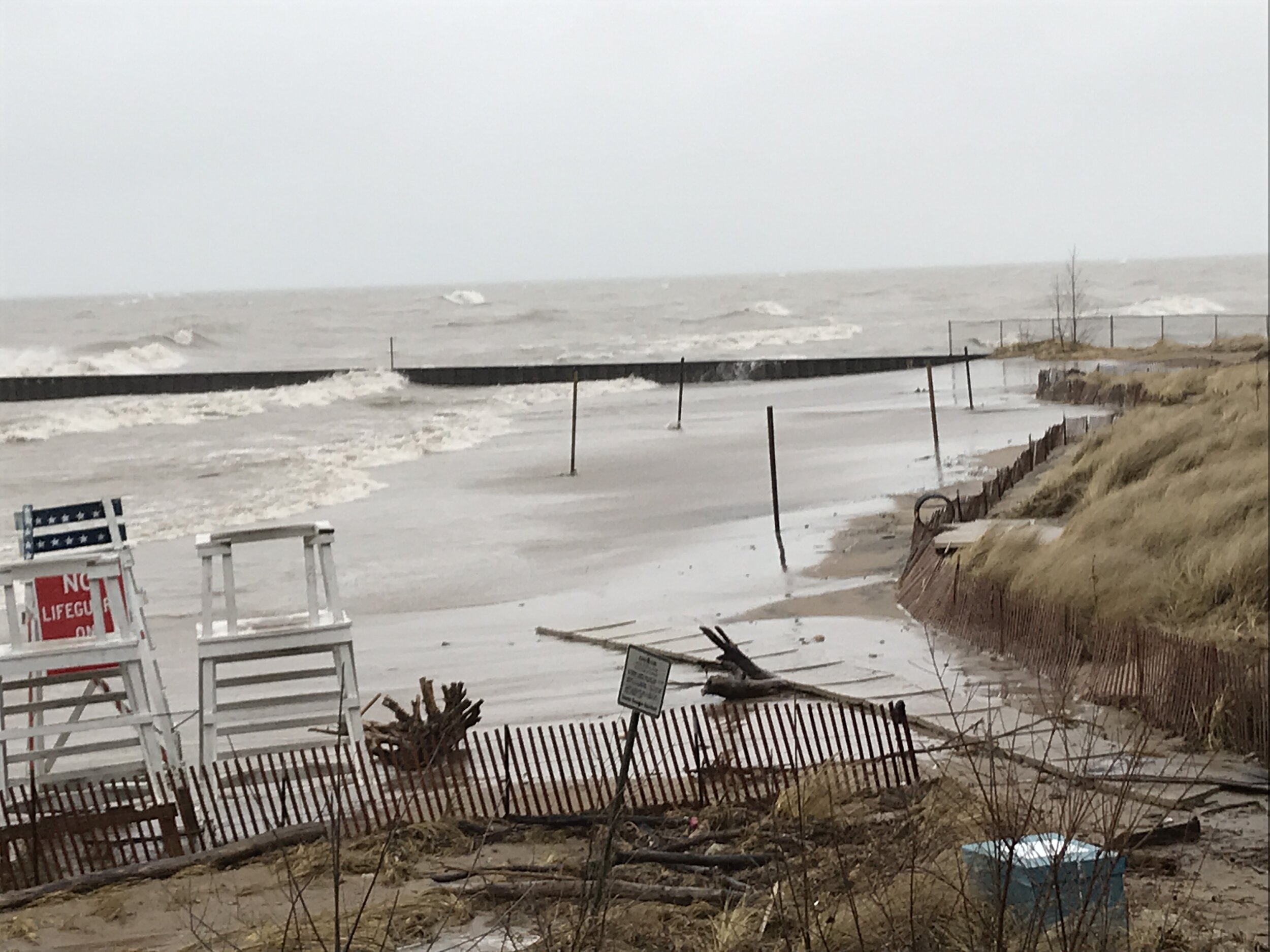Sometimes you realize you just need to go and do something. The other morning I awoke at 5am and realized it was time to get down to the beach and try out the Timelapse+ intervalometer on a night to day time-lapse and see if it worked. I’ve had this piece of equipment for awhile and had trouble getting it to connect witht my Canon 5D Mark IV. I tested it several times and it has been working so time to get out and try a real time-lapse! Besides it is November in Chicago and almost 60 degrees at 5am - clearly one of the last mornings to try it while still not freezing cold out there!
After getting the camera and equipment together I was on the beach just before 6am, slightly later than I wanted. I started the time-lapse and stood back and just watched the waves, clouds and sun while still below the horizon light up the sky. I also used the app The Photographers Ephemeris which helps you determine the angles of the sun, moon and stars for a particular location and date. I use it to double check where the sun will pop out on the horizon.
While the time-lapse is continuing for 56 minutes I walked a bit of the beach, used another camera to shoot some of the waves and different shots I saw, but mostly watched the sunrise and the serenity of the clouds and sun as it danced higher into the sky. Not a bad morning.
Hope you enjoy this 40 second time-lapse!
Cheers, Richard Mack




